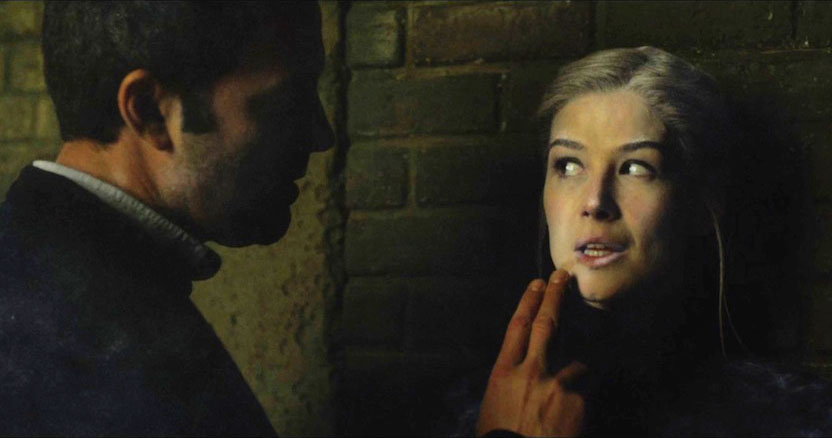
I don’t believe in perfect films.
To me, believing in cinematic perfection would require blatant disregard for the myriad of complexities in filmmaking. There’s too much grey area, and I’m too much of a nit-picker to call a film perfect. No one’s out there tailoring films exactly to my tastes and sensibilities, and I don’t want them to. Accepting and appreciating the imperfections is part of the consumption and creation of art. There’s a whole lot of self-delusion involved, too, but that’s a topic for another day.
The reason I bring up perfection when I talk about David Fincher is that his methods are so meticulous, so painstaking, that it’s easy to assume he’s a perfectionist. The p-word gets thrown around a lot when people talk about him, but I don’t know if I’ve ever heard him describe himself as a perfectionist. He talks about his methods readily (some would say bluntly), and doesn’t surround his work with hoodoo and mystery. Some will focus on how many takes he requires to get a shot, but what fascinates me these days about David Fincher is his use of post production techniques to further hone his film in ways many other filmmakers don’t. It fascinates me how he might shoot at a very high resolution so that he can slightly re-frame his shots in post and not get any blatant loss in image quality. I love that his locked-down camera placements allow him to blend different takes in shots that typically wouldn’t call for that sort of effect.
Fincher excels in invisible effects, like the powdered sugar covering Amy’s lips in Gone Girl. Many of us would never consider what a pain in the ass that shot would be. Do we use real powdered sugar? No, because it would cake on the actor’s lips, and would dry their lips out take after take. It would require makeup to come in and do touch-ups after every take. So we use something else, and it can’t look too fine, otherwise it won’t read on camera. White makeup? No, that would smudge, and wouldn’t give that clean-wiped look. And it would require makeup touchups between takes. So digital sugar it is, and it will look great.
While Fincher himself doesn’t appear in this little peek inside Gone Girl‘s post production offices, his meticulous approach is the focus (aside from several big Adobe products). Take a look, and let me know if you think David Fincher is a perfectionist in the comments below.